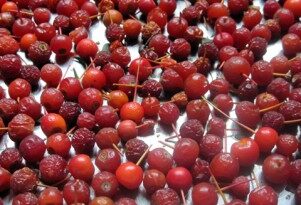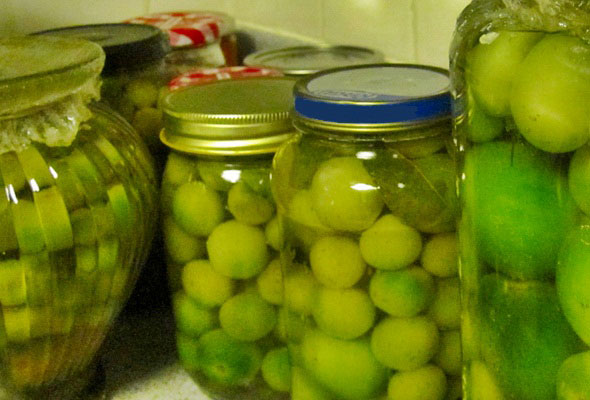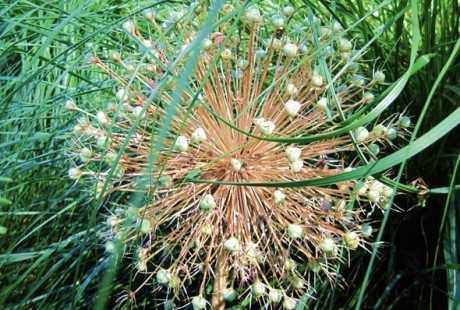aromatics
Aromatics come in two flavors: kitchen herbs and medicinals. A few herbs cross over from one category to the other, rosemary and lavender would be good examples of that, although using lavender for cooking is a bit of an acquired taste.
Almost everybody has grown kitchen herbs on a sunny kitchen sill or in a pot on the patio at some point: parsley and dill, oregano and marjoram,tarragon and chives, basil and sage.
The tall biennial and perennial herbs – dill, fennel, lovage and caraway – are in a category apart. They usually fare better in the company of their own kin in a partly shaded corner of the garden where they won’t be bothered.
The medicinal herbs are a bit more demanding, they are used to growing in wide open meadows or on limy hills exposed to the wind and the sunshine, and find the conditions of the average suburban lot too different for their taste. They need more elbow room than your garden variety perennial and they’re unhappy in cramped situations.
They also have individual idiosyncrasies which make them hard to grow together: lavender likes dry soils in full sunshine, lemon balm and mint need consistent moisture and part shade, yarrow hates being crowded, I don’t know what thyme likes, but I don’t have it, calendulas are from a different movie and by the time they’re coming out of the ground they can’t withstand the competition of their aggressive neighbors and chamomile is simply not a garden plant.
Still, with a little tweaking and patience, you can find compatible plant combinations that will come back faithfully year after year and support each other, like hyssop, mint and chives, or rosemary, yarrow and lavender.
If feasible, plants fare much better in the garden than in containers.




 Previous Post
Previous Post Next Post
Next Post




